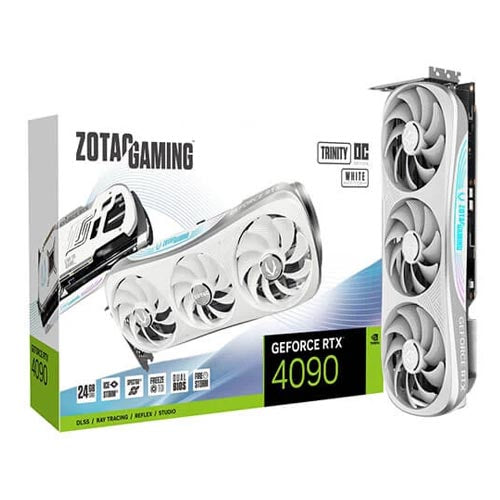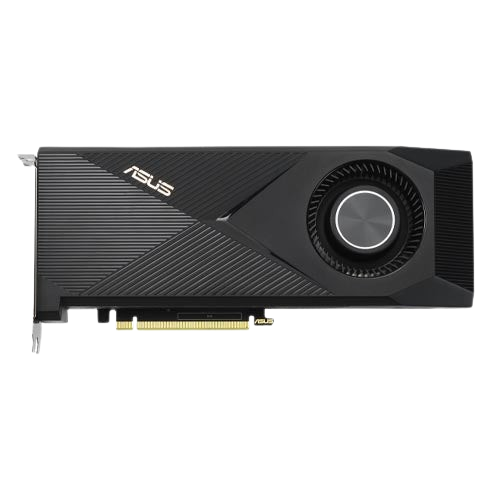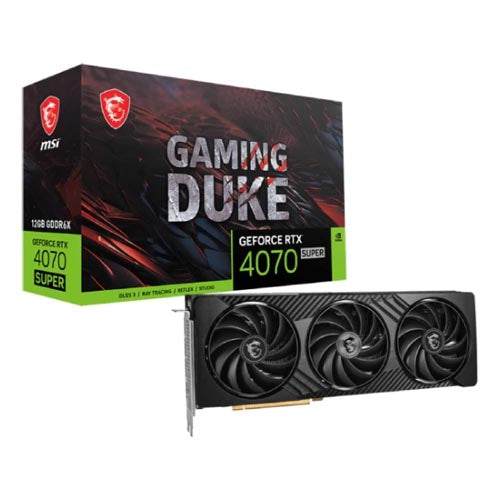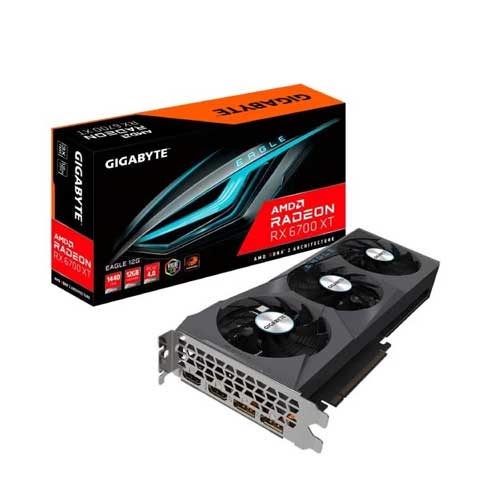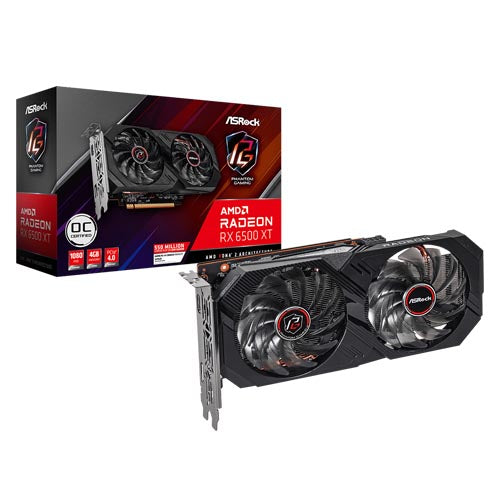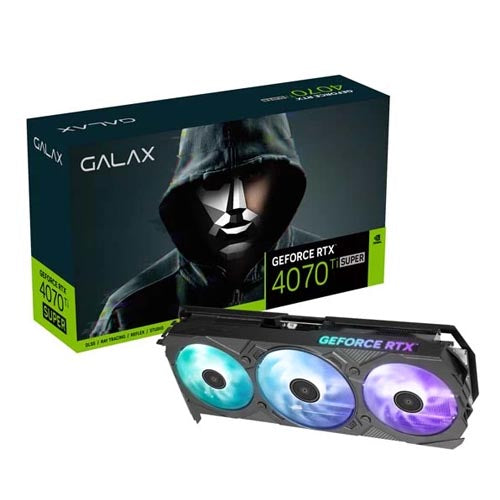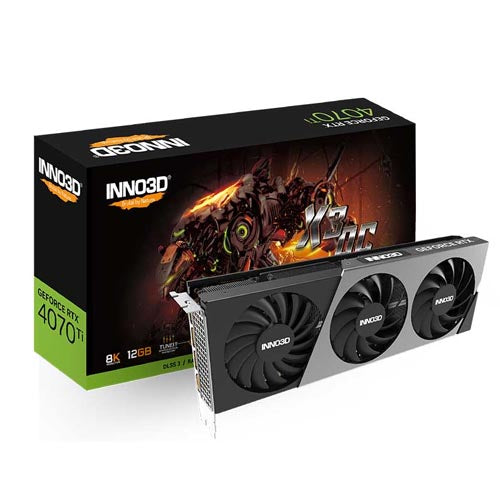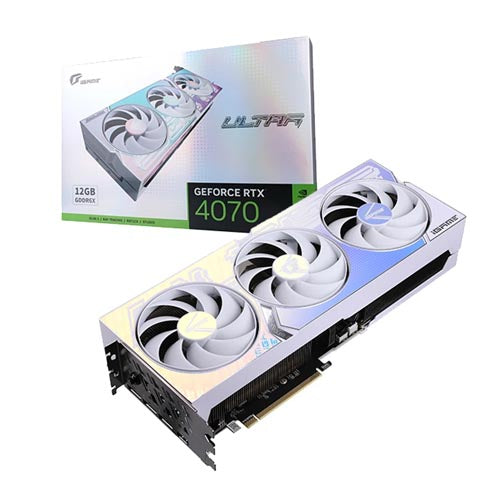
Servers are the backbone of modern computing infrastructure, supporting everything from email and websites to cloud platforms and large-scale AI workloads. Given their mission-critical role, organizations invest heavily in powerful server hardware. But maintaining server health goes beyond performance tuning or adding redundant components—it also depends on the quality of spare parts used over the server's lifecycle.
Many organizations underestimate the risk posed by using counterfeit or substandard spare parts. These components often lack proper certifications, don’t meet manufacturer specifications, and can cause severe compatibility issues. This blog explores why using genuine spare parts is not just a best practice but a technical necessity to ensure longevity, reliability, and efficiency of servers.
Why Server Reliability Depends on Genuine Spare Parts
Servers function optimally only when all internal components—CPU, RAM, power supplies, cooling systems, storage drives, and firmware modules—work in perfect harmony. OEMs (Original Equipment Manufacturers) design and test each part to meet exacting standards, ensuring performance under continuous loads and high thermal stress. When one of these components fails or is replaced, it's essential that the replacement integrates smoothly with the rest of the system.
Using non-genuine parts may introduce subtle but dangerous risks. These include electrical instability, overheating, reduced data integrity, and even permanent damage to the motherboard or firmware. Counterfeit parts are usually not optimized for thermal and power profiles, making them susceptible to early failure. Moreover, they often bypass rigorous quality checks, leading to reliability concerns.
Technical Pitfalls of Using Counterfeit or Substandard Parts
Using counterfeit or substandard parts in servers introduces a range of technical vulnerabilities that can compromise system performance and longevity. Here are the key issues:
-
Unstable Power Supply: Replacing a power supply unit (PSU) with a generic one may result in poor voltage regulation. This can cause voltage fluctuations across the server’s motherboard, leading to damage to critical components such as the CPU, RAM, or storage devices. In severe cases, a faulty PSU can trigger complete system shutdowns or even electrical fires.
-
Inadequate Thermal Management: Counterfeit cooling fans and heat sinks, although physically compatible, often lack essential thermal sensors and are made from substandard materials. They may operate at incorrect RPM levels, leading to poor heat dissipation, overheating, and a shortened lifespan for processors and GPUs.
-
Unreliable Storage and Memory: Fake SSDs often use low-grade or recycled NAND flash and may not support proper wear-leveling firmware. These drives are prone to sudden failure and data loss. Similarly, non-compliant RAM modules may fail ECC (Error-Correcting Code) validation, resulting in system crashes, silent data corruption, or boot errors.
-
Firmware Compatibility Issues: OEMs release firmware updates to improve compatibility and security. Genuine parts come with signed firmware that integrates seamlessly. Non-genuine parts may not be recognized by the system, can cause boot failures, and may disable advanced management features such as iDRAC (Dell), iLO (HPE), or BMC interfaces.

These risks highlight why technical teams must avoid substandard components and instead prioritize genuine, certified parts to maintain server integrity and reliability.
A Case from the Field
Consider the case of a mid-sized company that attempted to save costs by replacing five PSUs in their HP ProLiant DL380 Gen10 servers with cheaper alternatives. Within three months, two servers began shutting down randomly. Logs showed voltage warnings and power irregularities. HP’s iLO management system flagged the PSUs as non-certified. Eventually, two motherboards were damaged due to power surges. The repair cost exceeded any savings the company initially achieved.
Advantages of Using Genuine Spare Parts
Genuine parts offer a range of technical benefits that go beyond just working properly. They are designed to align perfectly with server firmware, chassis design, airflow requirements, and thermal thresholds.
Here are the key advantages:
-
Certified Compatibility: Genuine components are guaranteed to integrate smoothly with existing server configurations. They are rigorously tested by OEMs to ensure they meet exacting tolerances and work seamlessly with BIOS, firmware, and server management interfaces.
-
Enhanced Power Efficiency: Certified power supplies (PSUs) come with 80 PLUS Gold or Platinum ratings. This means they convert electricity more efficiently, produce less heat, and help reduce energy costs over time.
-
Optimal Cooling Performance: OEM fans and heat sinks are precisely engineered to manage airflow inside the chassis. They respond dynamically to temperature sensors, maintaining ideal thermal conditions and reducing component stress.
-
Preservation of Warranty and Support: Using certified spare parts ensures that server warranties remain valid. OEMs typically void warranty and support services if unauthorized parts are detected in the system.
-
Strengthened Cybersecurity: Genuine parts are validated through secure supply chains and often include cryptographically signed firmware. This minimizes the risk of hardware trojans or malicious firmware in critical server environments.. Non-genuine components have, in several instances, been found to carry malware or hardware trojans, especially in embedded firmware chips. OEM-certified parts are vetted through secure supply chains and digital authentication methods.

Implementing a Genuine Parts Policy in Your IT Environment
To ensure you’re only using genuine components, organizations should first standardize their procurement process. Always source parts from authorized distributors or directly through OEMs. Require certificates of authenticity, part numbers, and serial numbers.
Leverage your server’s onboard management controllers. Tools like HPE iLO, Dell iDRAC, and Lenovo XClarity can identify whether a component is authorized and whether it meets system compatibility.
Maintain an up-to-date IT asset register, logging all component serial numbers and replacement dates. This aids in planning replacements and claiming warranty service.
You can also use online verification tools provided by major manufacturers, such as Dell’s Part Finder, Cisco’s Serial Number Checker, or HPE’s PartSurfer.
Replacement Planning and Lifespan Optimization
Proactive replacement planning ensures that aging parts are replaced before they fail. Here are typical guidelines:
-
Replace PSUs every 3 to 5 years depending on usage and load levels.
-
Replace cooling fans every 2 to 3 years or when RPM inconsistencies arise.
-
Monitor SSD health via SMART data and replace based on TBW (Terabytes Written) rating.
-
Replace RAM modules on detection of ECC errors or when upgrading workloads.
By replacing parts on a planned schedule, you avoid sudden failures and keep servers running at peak performance.
Conclusion
Server performance and uptime are too valuable to risk on unverified hardware. Genuine spare parts provide the assurance of quality, compatibility, and longevity. They align with firmware, optimize system behavior, and maintain OEM support. Cutting corners with counterfeit parts may save money temporarily but invites hidden costs in the form of downtime, data loss, and repair.
Ultimately, organizations that value stability and operational excellence should adopt a policy of using only OEM-certified spare parts. It’s not just good practice—it’s smart engineering.
